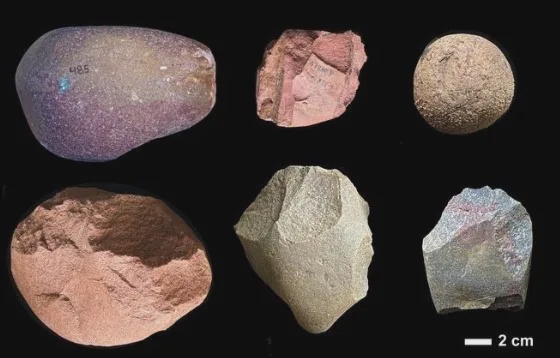Overview
- Researchers used geochemical fingerprinting on 401 Oldowan artifacts from Nyayanga to establish the nonlocal origin of raw materials.
- The study pushes back evidence of long-distance toolstone procurement by roughly 600,000 years, dating such behavior to at least 2.6 million years ago.
- Oldowan flakes were recovered in direct association with butchered hippopotamid remains, underscoring early use of stone tools in large-animal processing.
- Authors argue that intentional transport of high-quality stones to food-rich areas reflects advanced planning, memory mapping and resource redistribution.
- Although Paranthropus fossils were found alongside the toolkit, the precise hominin species responsible for manufacturing the tools remains unresolved.


